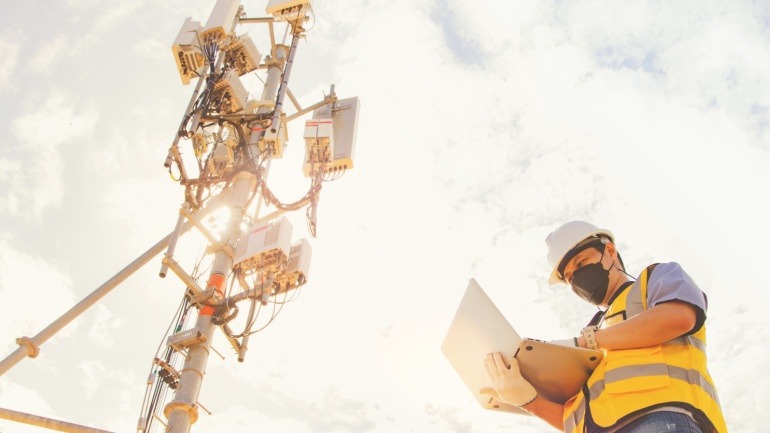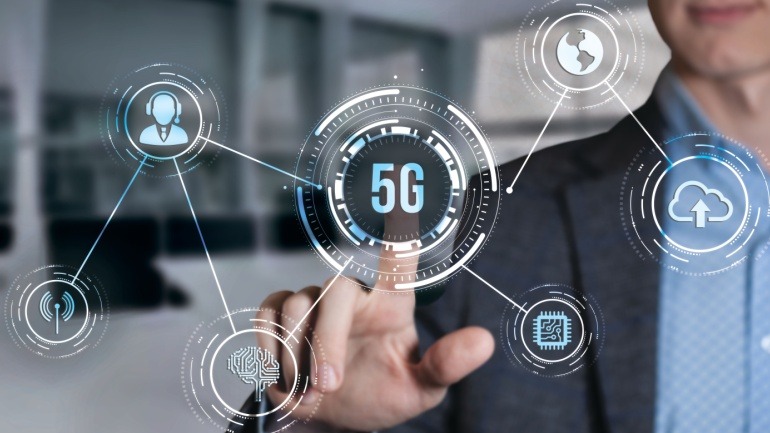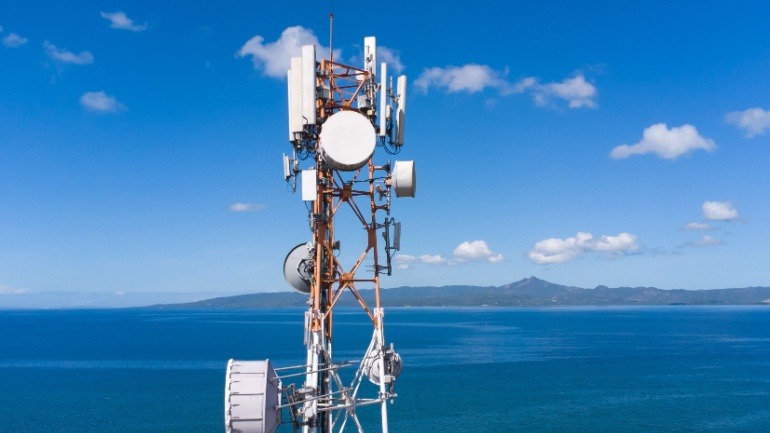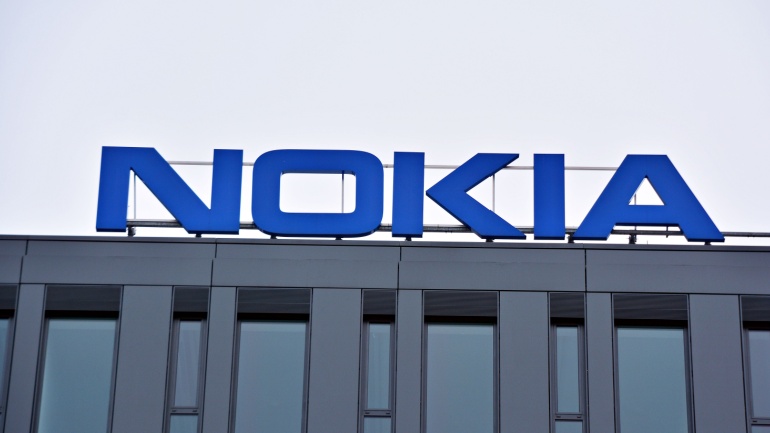Private 5G is revolutionizing enterprises by offering transformative capabilities like real-time data processing and enhanced connectivity. Significant regulatory progress and advancements in spectrum access are making private networks more accessible. As private 5G gains traction, businesses must strategically plan deployments to leverage this technology for optimized industrial and enterprise operations.
Private 5G is gaining attention as a transformative force in industries like manufacturing, logistics, and public safety where Wi-Fi and public 5G fall short. By supporting high-demand applications and enabling industrial transformation, private 5G offers a competitive edge. Its potential hinges on ecosystems like edge computing and AI integration, paving the way for substantial growth in the telecom market. Despite complexity, its unique benefits and expansive opportunities make it a critical innovation in today’s digital landscape.
Celona’s AerFlex merges local radio access points with cloud control to simplify private 5G deployment. By cutting hardware needs and easing management, it opens advanced connectivity to SMEs and satellite offices.
MLGW is partnering with Nokia to launch the first private 5G standalone network for a U.S. utility, aiming to modernize its grid, boost efficiency, and improve service. This move reflects a growing trend in industrial 5G adoption, with enhanced automation, cybersecurity, and infrastructure integration paving the way for smarter utility operations.
Verizon and Nokia are deploying six private 5G networks across Thames Freeport to transform UK logistics and manufacturing. Spanning 1,700 acres, the project supports advanced technologies like AI and IoT at key sites including Port of Tilbury, London Gateway, and Ford’s Dagenham plant.
Nokia’s strategic alliance with Andorix aims to revolutionize the private 5G landscape, integrating advanced communication solutions across commercial, retail, and residential properties. Emphasizing Nokia’s expertise in private wireless networks and Andorix’s smart building capabilities, this partnership promises enhanced connectivity.
Nokia, Digita, and CoreGo are teaming up to deploy private 5G networks at major events, boosting secure, real-time connectivity for payments, ticketing, and operations. The flexible, scalable systems promise smoother experiences for attendees and staff.
Nokia’s partnership with Carrix to deploy Digital Automation Cloud (DAC) private 4G and 5G networks across US container terminals, including Jacksonville, Long Beach, Oakland, and Seattle, aims to enhance operational efficiency and digital capabilities.
G REIGNS, HTC Group’s subsidiary, collaborates with Nissan to deploy a private 5G network, boosting augmented reality VR capabilities in manufacturing. This bespoke setup leverages HTC’s VIVE VR tech, revolutionizing design and production.
Boldyn Networks has secured a $1.2 billion debt facility to expand its services for enterprise growth. This significant investment reinforces Boldyn’s commitment to enhancing private 5G networks across North America.













